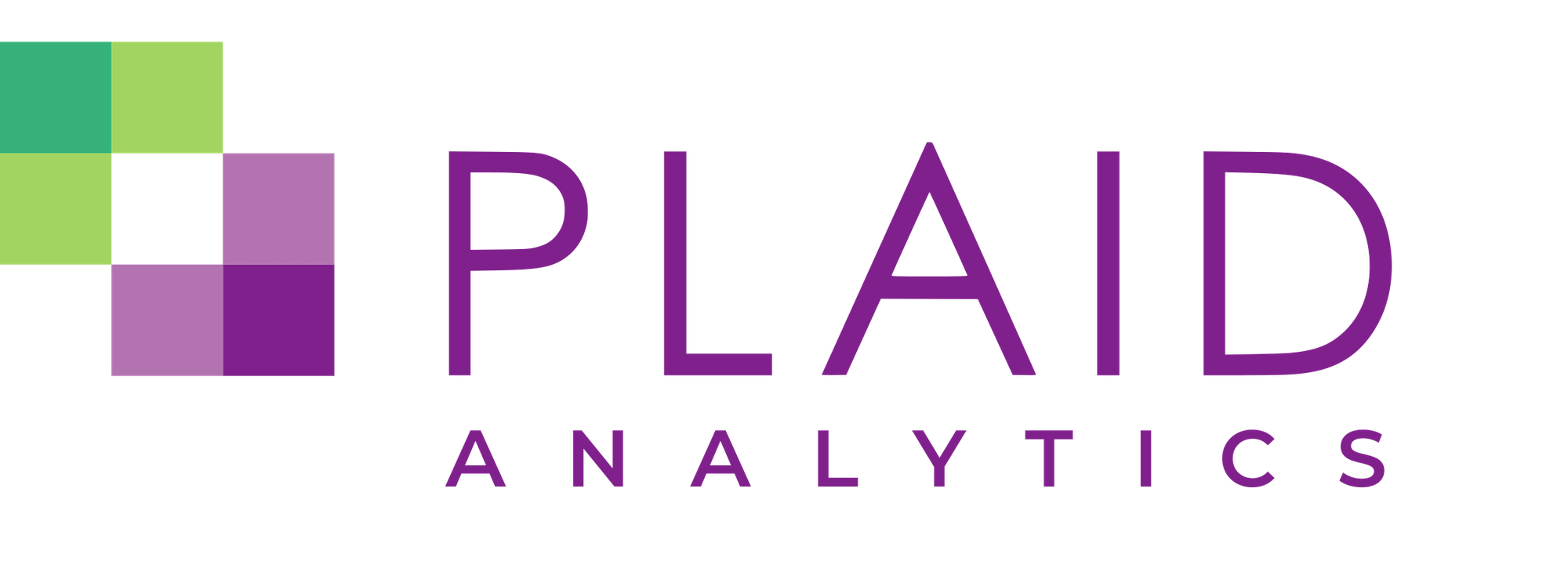How Professional Relationships Can Guide Your Career Path

This summer, we said au revoir to my colleague and friend Lynne Jamieson. For those who don’t know, Lynne was my first manager at SFU – she hired me into my first full-time job, an Academic Advisor/Recruiter. If she hadn’t taken a chance on me then, I might not have realized my passion for data analytics.
I was hired as a result of rather unique circumstances. This story begins in 1999, the year the Technical University of British Columbia opened its doors. Intended to be the MIT of the north, TechBC was an innovative and unique institution. Unfortunately, its timing coincided both with the dot-com bubble bursting and a political pendulum shift (a regular occurrence in my province). In 2002, TechBC officially closed and was absorbed into Simon Fraser University. The merger led to three waves of layoffs terminating all of the TechBC staff; about a quarter of those later returned to work for SFU. 2002 was also the year I enrolled as a student in the TechBC Information Technology program – which was by then run by SFU.
Shutting down a university and absorbing it into another is a tricky process in many ways. From the student side, there were a few pieces that needed to get sorted:
- TechBC used a 4.0 GPA scale whereas SFU had a 4.33 scale - these had to be combined.
- TechBC offered a significant proportion of its learning online, whereas SFU mostly offered in-class lessons. My favourite classes were called mixed collaboratives, which alternated between one week of in-class lessons followed by an online class the next.
- TechBC’s and SFU’s term schedules were misaligned. TechBC offered a 15-week term, typically broken into modules that were 5 weeks long. Courses were often 2 or 3 modules long, but some were only 1. Week 5 was called “TechWeek,” and often involved presentations or exams. Conversely, SFU offered a 13- week term, with 2 weeks of exams at the end. As none of the courses lined up nicely, the TechBC courses had to be redeveloped to fit with the SFU model. Some TechBC courses saw minor redevelopment, while others were overhauled completely. In turn, in short order, we saw curricular changes, program phase outs, and the launch of the School of Interactive Arts + Technology (SIAT) as the successor to the programs I studied in.
The required curriculum and program changes provided me with an opportunity to get involved in the Unnamed Student Society (previously the TechBC Learner Association). Although I initially joined to help organize events (because my friends were there), I realized I excelled at being a student representative advocating for student needs during this massive curriculum change. I was the sometimes annoying little bird on the shoulder reminding them that as they built this great new program, there were current students completing the old curriculum for whom they were legally obligated to provide a comparable curriculum.
Lo and behold, a couple years later, there was an opportunity to apply for a role as an Advisor/Recruiter in the School of Interactive Arts & Technology. I was a perfect candidate, in part because of my advocacy as a student. Who better to advise students as the curriculum modernized once again, moving from 4 “streams” to 3“concentrations"?
Although recruiting was an interesting part of my role, looking back, the part of my role that most prepared me for a data career was academic advising. A significant part of the role was meeting with students and helping them explore “what if” scenarios for in terms of their education paths. In those days, planning these scenarios was mostly done on paper. Analyzing these scenarios required me to recognize patterns in terms of what they studied, what remained, and what they were passionate about in order to help them see a pathway that would best suit their goals. As it turns out, all of these skills are useful in data analysis.
In those first few years SIAT grew – massively. In 2006, when I started, we had about 400 students. By 2009, there were 1200 students. It sounds good, but when you work for the government, the money doesn’t keep up with that kind of growth - We had tons of students and no teachers. Classic demand outstripping supply problem.
In 2007, I discovered Tableau. Lynne was the manager who approved buying it. I sheepishly walked in and said I found this great tool, but it would cost $1,000. Lynne helped me to understand the return on investment from implementing Tableau: In my case, I was saving about an hour every week, in addition to new capabilities. I was earning about $50k, so $30/hour. This meant Tableau paid for itself in 33 weeks, and that we would have all kinds of new insights in that time.
Tableau helped us figure out where our students were in the system, what courses they still needed to take (remember that talk about being an Academic Advisor?), and what kinds of courses they’d need next.
Looking back on it now, Lynne was the key to my analytics career beginning. Without Lynne’s support, I certainly wouldn’t have started Plaid, nor would I have had the opportunity to have her help with some of Plaid’s projects when she accepted my petition for her to join Plaid.
Lynne is embarking on a new adventure of her own. She’s bought a school bus and is moving her new home across Canada – from BC on the west coast to Nova Scotia on the east coast! For those unfamiliar with Canada, this is a non- trivial drive approaching 6,000km, and I’m sure she has many stories to tell.
We wish Lynne well for her new chapter!
